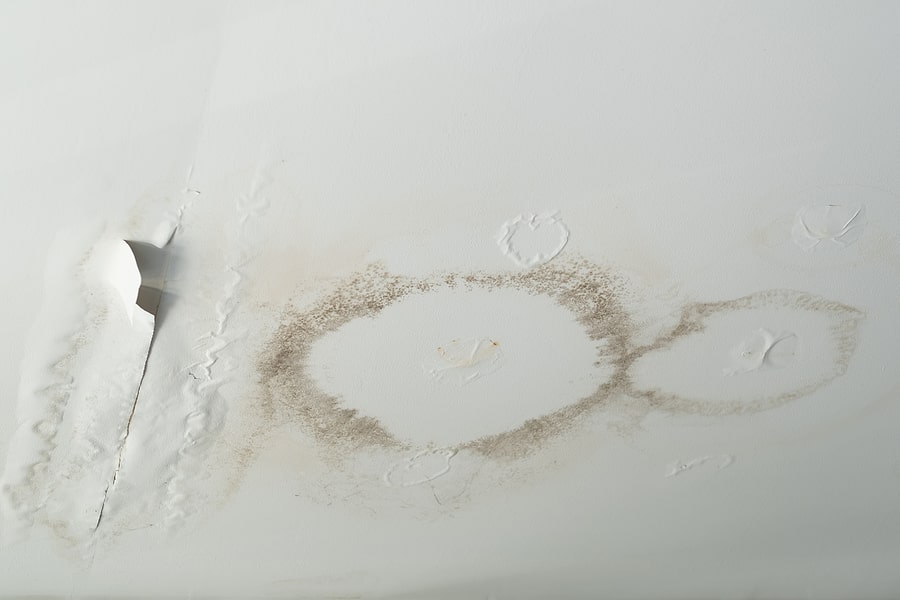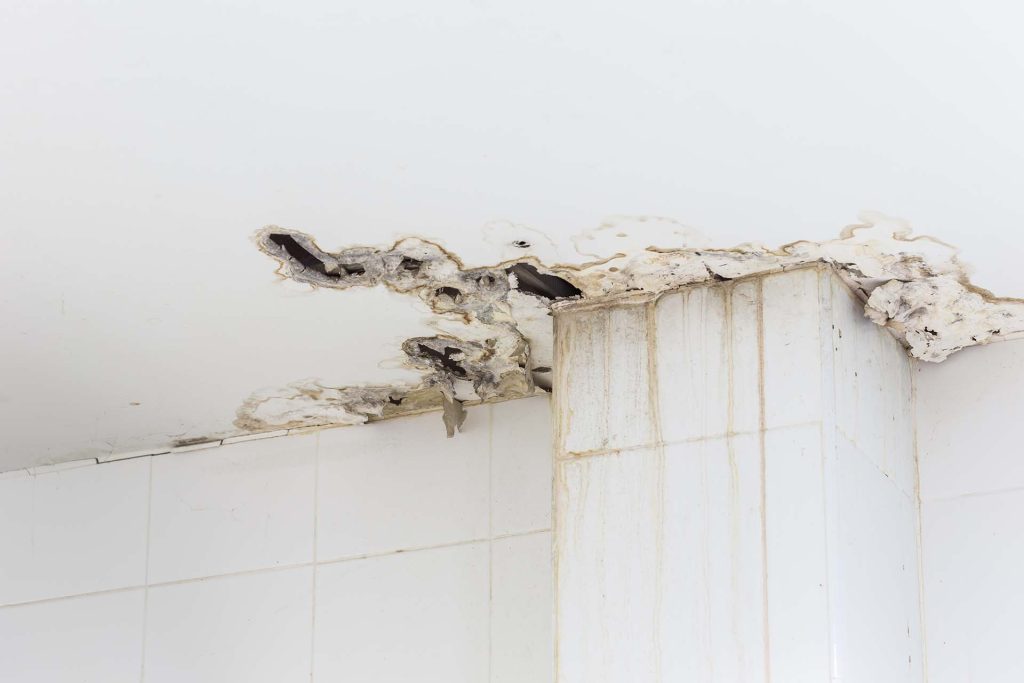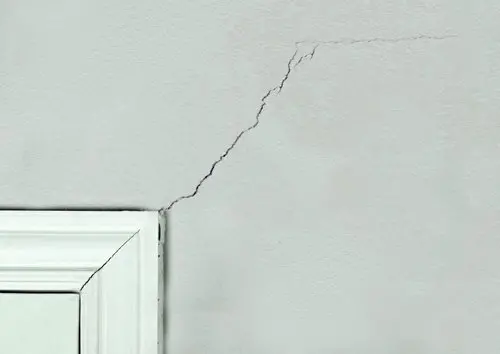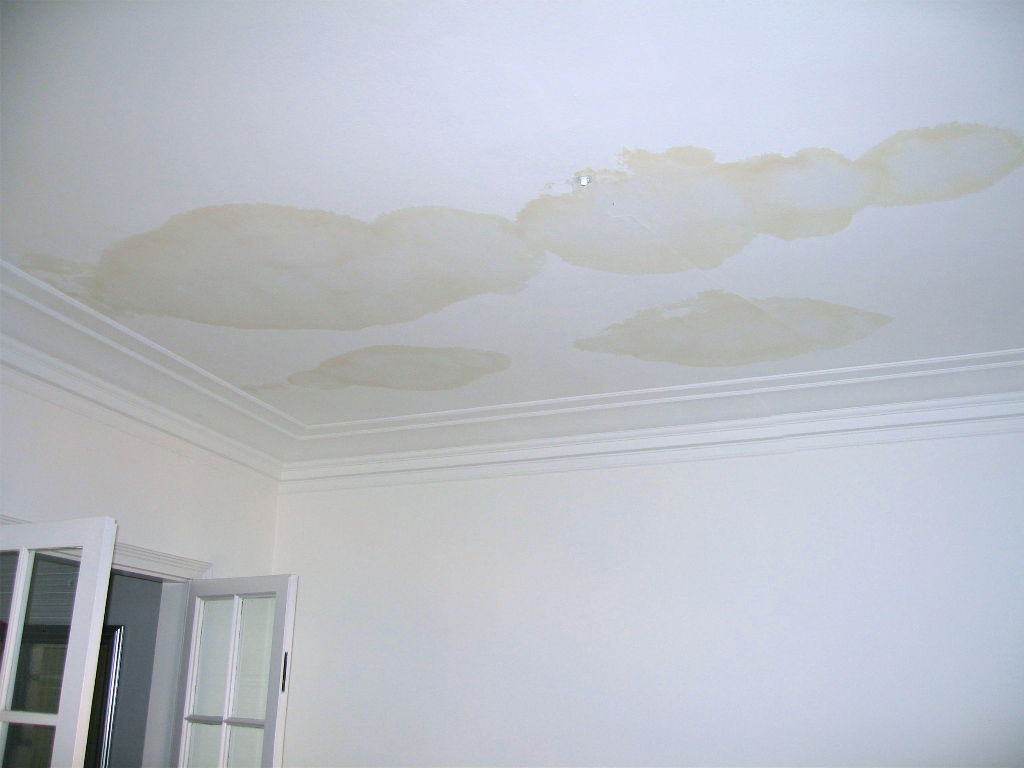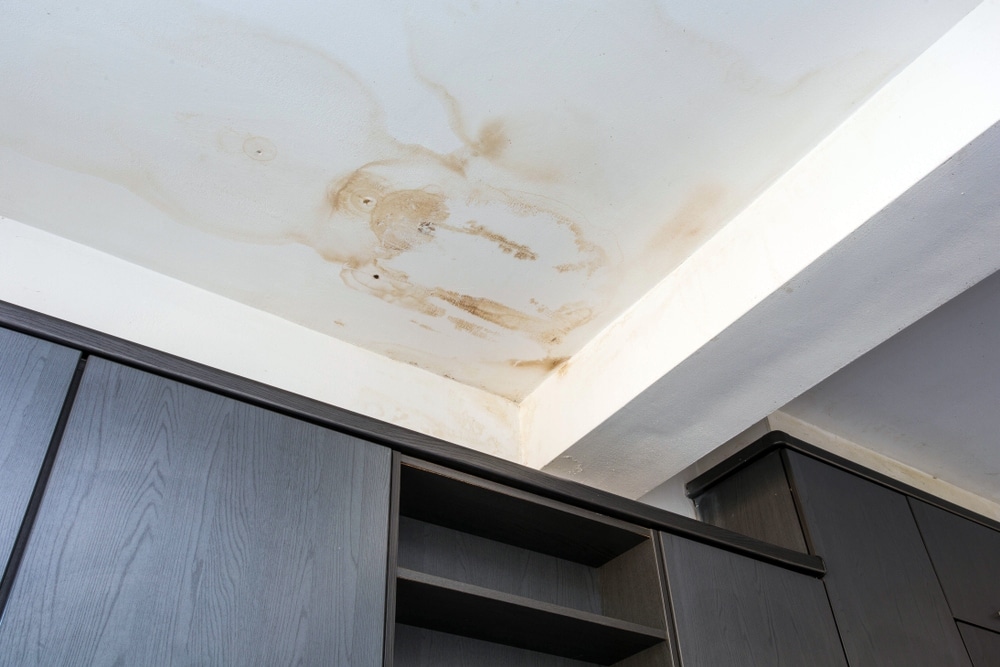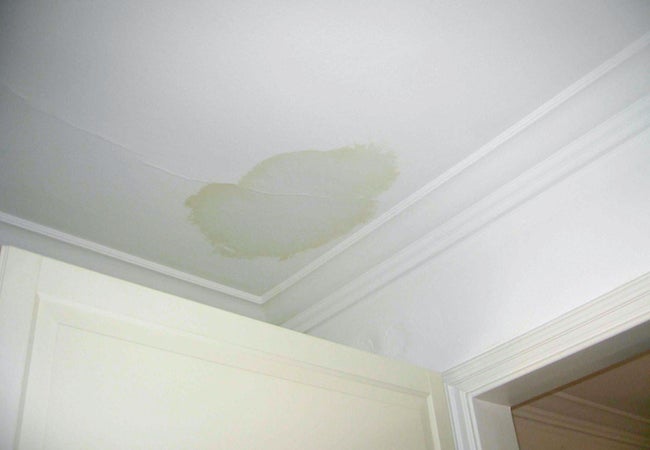Water stains on the ceiling below a bathroom can be alarming for homeowners. These unsightly marks can indicate underlying problems that, if left unaddressed, may lead to significant damage and costly repairs. Understanding the causes, identifying the signs, and knowing how to effectively deal with a water stain on the ceiling below your bathroom are crucial for maintaining the integrity of your home. In this guide, we will delve deep into the topic, covering everything from identification to prevention.

What Causes Water Stains on the Ceiling Below the Bathroom?
Before addressing the issue, it is essential to understand what typically causes water stains. Here are some common culprits:
1. Leaky Plumbing Fixtures
One of the primary causes of water stains in ceilings below bathrooms is leaks from plumbing fixtures. Toilets, sinks, and bathtubs are often connected to complex plumbing systems that can develop leaks over time. Common signs of leaking plumbing include:
- Dripping sounds
- Increased water bills
- Wet spots around fixtures
2. Shower and Tub Leaks
Showers and bathtubs can also be sources of water damage. Improper sealing or caulking around these fixtures can allow water to seep through and accumulate in the ceiling below. This type of leak may not be immediately noticeable but can lead to significant staining over time.
Read too: Shiplap Ceiling in Kitchen: A Timeless Trend for a Stylish and Cozy Space
3. Roof Leaks
In some cases, water stains can be attributed to issues with the roof rather than plumbing. If your bathroom is located near an exterior wall, rainwater may be seeping in through the roof or siding and causing stains on the ceiling below.
4. Condensation Issues
Bathrooms are typically humid environments due to showering and bathing. If your bathroom lacks adequate ventilation, condensation can form on pipes and ceilings, leading to water stains.
5. Faulty Ventilation
Without proper ventilation, warm, moist air can collect in the bathroom, leading to increased humidity and condensation. This moisture can accumulate on ceilings and eventually lead to water stains.
6. Faulty Appliances
Appliances such as washing machines and dishwashers that are located near the bathroom can also contribute to water stains. If a hose bursts or a connection leaks, the resulting water can seep into the ceiling below.
Signs of Water Damage to Look For
Identifying a water stain on the ceiling below the bathroom is the first step in addressing the issue. Here are some signs that you may have a water problem:
1. Discoloration
Water stains often appear as brown or yellow spots on the ceiling. These stains can grow larger over time, indicating an ongoing leak.
2. Peeling or Bubbling Paint
If the paint on your ceiling is peeling, bubbling, or flaking, it could be a sign of moisture accumulation. This is often seen in conjunction with visible water stains.
3. Mold Growth
Excess moisture can lead to mold growth, which is not only unsightly but also poses health risks. If you see black or green patches on your ceiling, it is essential to address the moisture problem immediately.
4. Soft Spots or Sagging
If you notice any soft spots or sagging areas on your ceiling, it may indicate that water has saturated the drywall or plaster. This situation is more serious and requires immediate attention.
Steps to Take When You Notice a Water Stain on the Ceiling Below Bathroom
1. Investigate the Source
The first step in addressing a water stain is to investigate its source. Look for visible signs of leaks from plumbing fixtures, including:
- Inspecting under sinks and around toilets for moisture.
- Checking shower and bathtub seals for any gaps.
- Examining the roof and walls for leaks or damage.
2. Turn Off the Water Supply
If you suspect that the water stain is due to a plumbing issue, turn off the water supply to the affected area to prevent further damage. This will help mitigate the risk of additional water leaking into your ceiling.
3. Fix the Underlying Issue
Once you have identified the source of the leak, it’s crucial to repair it promptly. Depending on the cause, this may involve:
- Replacing damaged pipes or fittings.
- Resealing shower or tub fixtures.
- Repairing any roofing issues.
- Improving bathroom ventilation to reduce condensation.
4. Dry the Affected Area
After repairing the source of the leak, it is essential to dry the affected area thoroughly. Use fans, dehumidifiers, and good ventilation to help remove moisture. This step is crucial to prevent mold growth and further damage to your ceiling.
5. Repair the Ceiling
Once the area is dry, you can address the visible water stain. Here are some repair steps:
- Clean the Area: Remove any mold or mildew with a mixture of water and bleach or a specialized cleaner.
- Patch Holes or Cracks: If there are any cracks or holes in the ceiling, patch them with a suitable filler.
- Repaint: After the patching compound has dried, repaint the affected area with a moisture-resistant ceiling paint to ensure a uniform appearance and prevent future stains.
6. Monitor for Recurrence
After addressing the issue, it’s essential to monitor the area for any signs of recurring water stains. Regularly check plumbing fixtures and inspect the ceiling for any new discoloration.
Preventing Water Stains on Ceiling Below Bathroom
Once you’ve addressed the existing water stains, consider implementing preventative measures to avoid future issues:
1. Regular Inspections
Conduct regular inspections of your plumbing fixtures and appliances to catch potential leaks early. Look for any signs of moisture around pipes and connections.
2. Maintain Proper Ventilation
Ensure your bathroom has proper ventilation to reduce humidity levels. This can be achieved through:
- Installing exhaust fans that vent outside.
- Opening windows to allow fresh air to circulate.
- Using dehumidifiers in particularly humid climates.
3. Use Moisture-Resistant Materials
When remodeling or renovating, consider using moisture-resistant materials, such as:
- Mold-resistant drywall for ceilings.
- Waterproof paint for high-moisture areas.
4. Seal Gaps and Cracks
Regularly check for and seal any gaps or cracks in your bathroom’s plumbing and fixtures. This will help prevent moisture from escaping into the ceiling.
5. Proper Appliance Maintenance
Ensure that appliances such as washing machines are properly maintained and that hoses are checked for leaks regularly.
Conclusion
Dealing with a water stain on the ceiling below the bathroom can be a daunting task, but with the right approach, you can effectively address and prevent these issues. By identifying the source of the leak, fixing it, and taking preventive measures, you can ensure that your home remains a safe and comfortable environment. Regular maintenance and inspections will go a long way in avoiding future water stains, protecting both your ceiling and your peace of mind.
If you find yourself overwhelmed or unable to locate the source of the leak, don’t hesitate to reach out to a professional plumber or contractor. Addressing these issues early will save you time and money in the long run, ensuring the longevity of your home.
